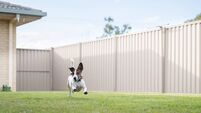Room outside: How to care for your decking
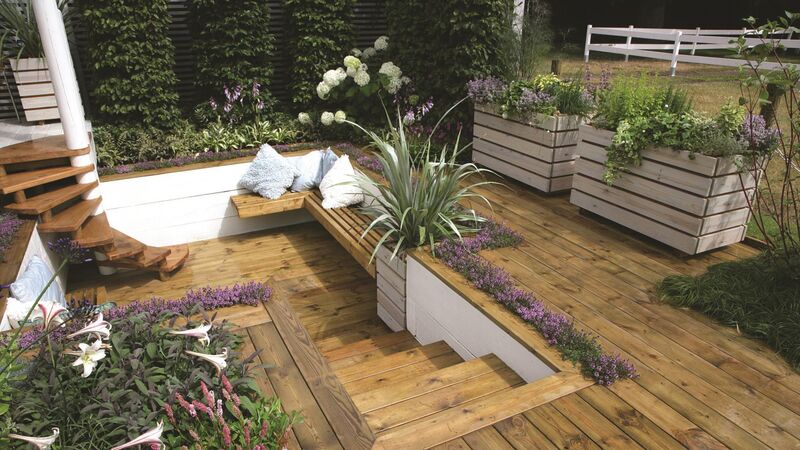
Decking oil is satisfying to apply. Ensure your boards are clean before refreshing an existing deck.
Timber decking can be refreshed and repaired season after season. Pressure treated, your deck and outdoor rough woodwork could last up to 20 years with care (50 years with a natural, oily hardwood like Acoya).
With any material, plastic or honest wood, the plank or tile assembly of a deck allows you to easily replace areas of damage. Putting together a new summer stage, or incorporating wood areas as part of your landscaping — keep an extra couple of planks or tiles on hold, stored dry and flat to prevent any warping or bowing.
With the exception of areas under dry cover, wood decking will come out of winter grey, slimy, mottled and exhausted. It’s impossible to slough away drifting rain over several months during short days. Caught in the ribbing of its surface, biological life will go berserk, and be drawn into the fibres of the timber. Composite and plastic planks are generally just superficially dirty and ready for an aggressive hose-down.
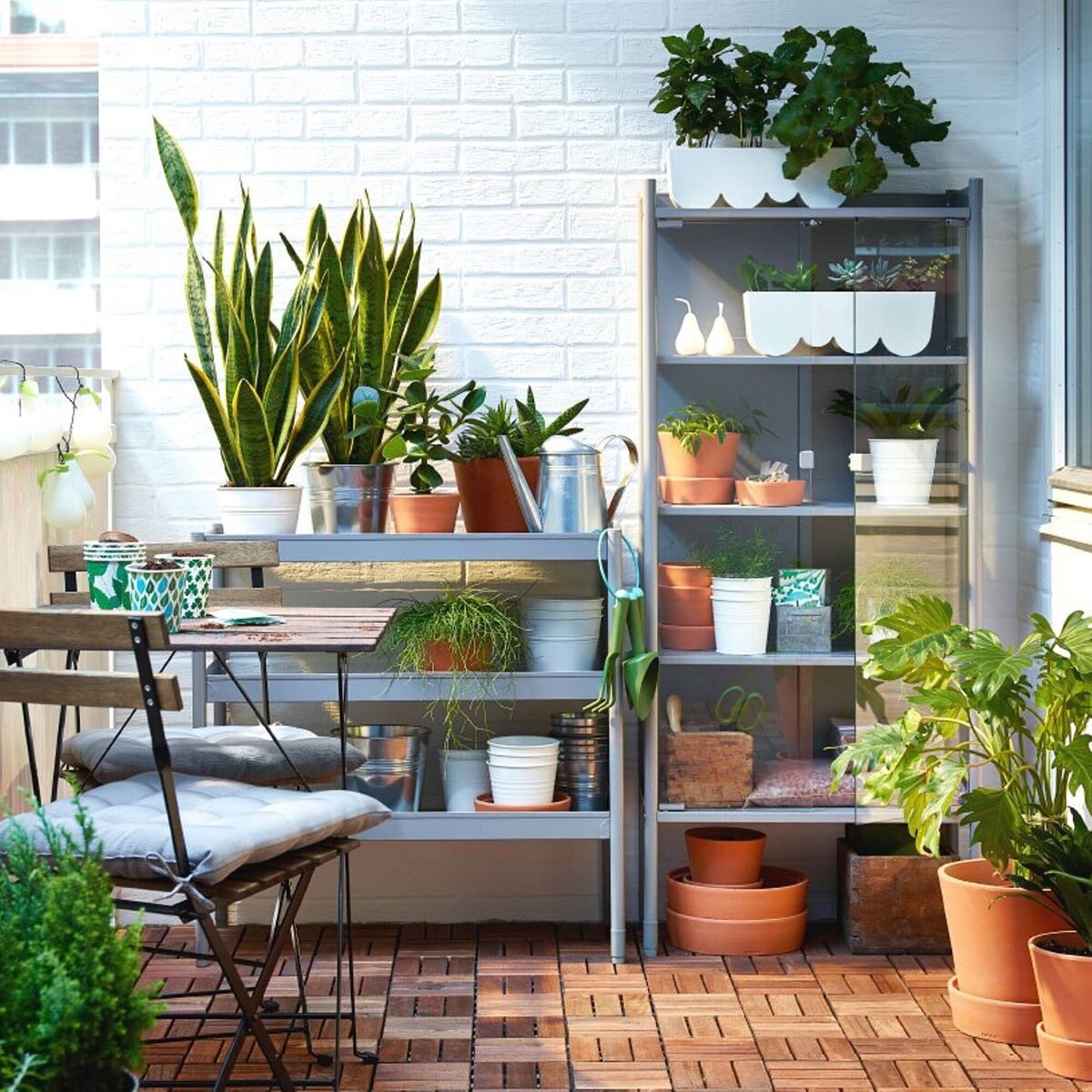
Happily, most of this muck will all wash off timber safely. Resurfacing a sound, wood deck with liquid and oil products is oddly satisfying. The steps to follow? Inspect and repair, clean, and in the case of wood decking — revive and protect the deck with an applied product to shield it through a couple of winters.
Clean anything around the outside of the home, especially footing, it’s time for a structural, condition check. Remove anything on the decking — container plants, furnishings etc., for a visual inspection. Use a torch for the supporting joists. Walk on the entire surface looking for any spongey bounce or sly give that could spell collapse or subsidence of the supporting posts.
Severely cracked or misshapen boards, posts or rails should be replaced (with any height over a single step height this is absolutely vital). Look for screws standing proud that could slice open a nude toe in summer and any splintering or shallow rotten areas. Tap nails down flush with a punch, or replace with dedicated screws countersunk below the surface level.
The longevity of your deck is highly dependent on the initial installation. Tight timber boards with no gap to shed moisture, will gather natural rubbish during the autumn and winter, coaxing moss and mildew, and rotting out planks. If the decking boards are universally shot, with clear damage over a large area, it’s probably time to replace the lot.
This is a good time to consider a new facing in composite boards. uPVC or composites stirred up in wood pulp and resin make good use of recycled plastics. Composites cost more but are hard to spot from the real thing. With a UV resistant “through” colour, they are effortless to look after if you can holster a power washer. With clip systems, and boards impervious to weathering and all but indestructible, most suppliers cover three colour families — teak, cedar and grey with prices around €25-€65 per sq m (clips supplied).
Karcher Power Washers offers a range of patio and deck-cleaning heads with rotating pads, bristles for their machines from about €69, perfect for a robust faux deck, steps and walkways.
To clean real timber, start easy. On a warmer, dry day, take a bucket of warm (not hot) water with a squeeze of washing-up liquid (generally biodegradable). Using a soft, nylon broom give the whole surface a couple of soapy swabs down and rinse with a watering can or hose. If you took the time to brush down the deck regularly last year, and it’s not overhung with trees, this may be the job done. For plastics, you can unfurl the pressure washer to blast off the greenery. Let the area dry out to assess what’s needed next if anything.
Dirty wood planks can be simultaneously cleaned and brightened to any surviving finish colour with something like Ronseal Decking Cleaner/Reviver or Owatrol Prepdeck (around €15 for five litres). Wear chemical-resistant gloves. This step gets deep down to various staining, mould and slippery algae, murdering their spores - impossible with water alone.
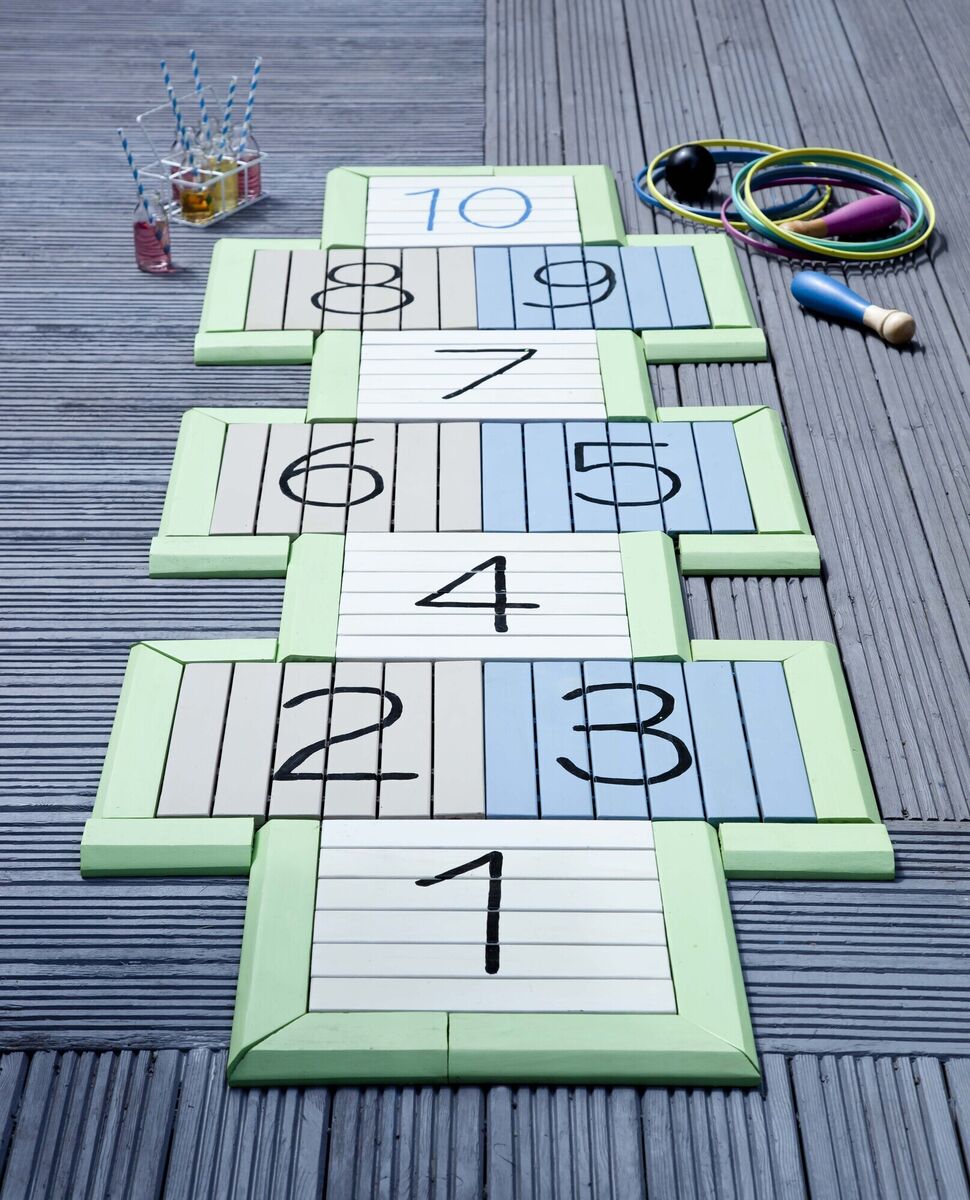
For a natural biocide — combine warm water and vinegar 9:1 in a bucket. Scatter baking soda over richly mildewed areas and work it in with a hand-held scrubbing brush with the direction of the grain. We don’t want to raise any furry texture on the boards. That done, throw down your vinegar/water bucket solution and swab along the board lengths with a kitchen broom. Rinse well.
Taking this step, a clean, dry deck will receive new oils and stains more fully, allowing following expensive treatments to last longer. If the cleaning product has not revived the colour, move on to dedicated revivers, stains and oils. Most old decking products where they do lift and flake through expansion, contraction, foot-fall and weathering are easy enough to scrub off with a wire brush working along the boards when the deck is dry.
Applied with a paint brush, reviver (generally a gel texture) will further clean, open the pores and moisturise soft and hardwood, bringing it back its original fresh colour in about 15-20 minutes. Do a few boards at a time to get the application/ removal times right. Test an area if you’re unsure of what you’re going for in terms of finish. Ensure you rinse it off thoroughly with buckets of water, or a hose, using a soft long-handled brush.
If your deck is on the south side of the house, it’s probably still very dry and bleached out by UV light. Traditional decking oils (coloured or clear) reach deeply into the fibres, setting up, strengthening and sealing the wood. Filling the grain and cells, they are superb for decking under threat of splitting and for new decks where you want a natural style. If you have a hardwood deck, it’s oily and dense with a tight grain by nature. Allow the deck to season and shed its natural oils for a few months before applying an oil or stain.
If the deck is in a more shadowed position, after cleaning, a protector will help repel the moisture hosting additional biological nuisances. Cuprinol does an Anti-Slip stain with anti-slip micro-beads, an algicide to help protect the film surface from green algae, and mould growth. €48 for 2.5l.
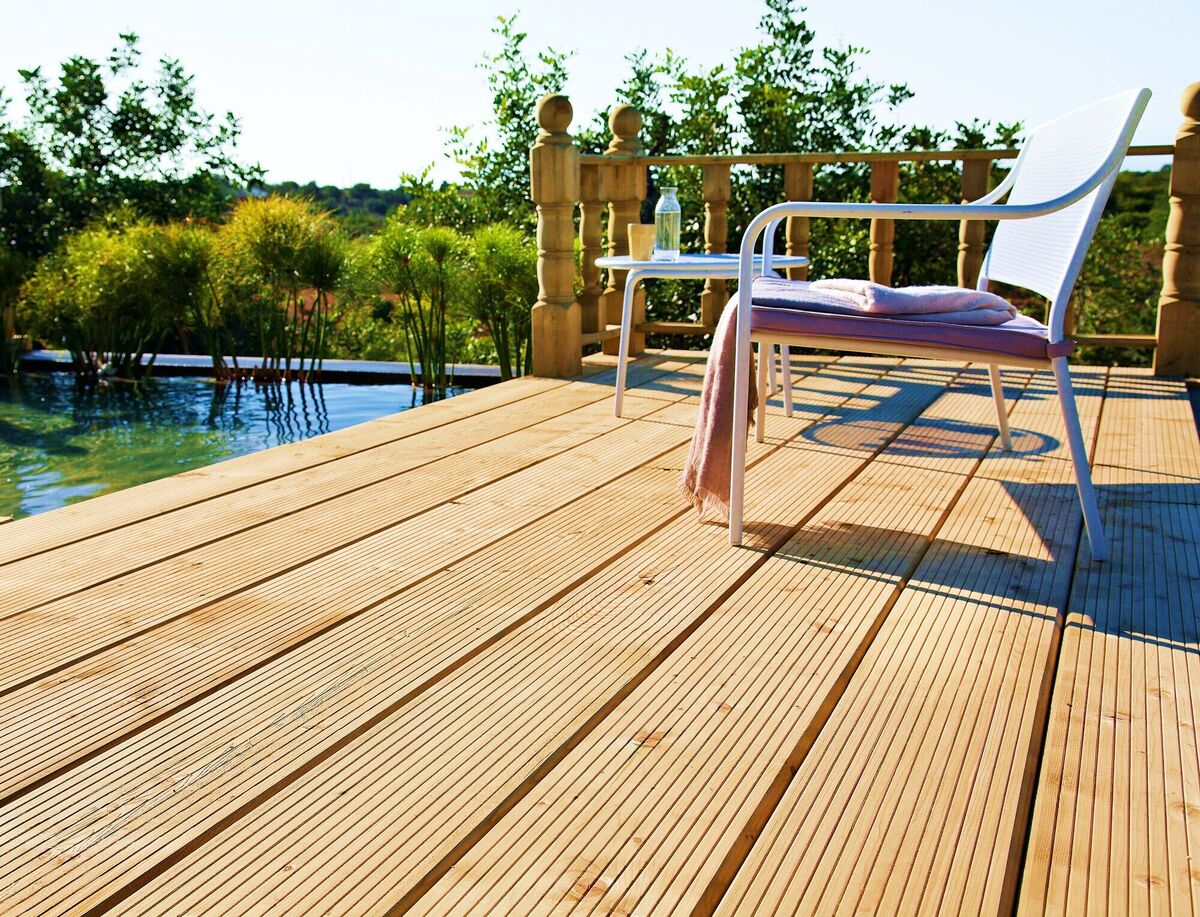
Most coloured products (stains and oils) are described as scuff-resistant, but with heavy traffic, say approaching a heavily used exterior door — everything wears off, often over just one summer sadly. Staying with or close to the timber’s natural colour, wear through applied protection is less obvious.
For older decks and softwood, oils should be applied with a soft paintbrush, working out any potentially unsightly pooling in the ridges of the boards as you go. Five litres should deal with 50sq m. New pad applicators on poles vastly simplify the work — wash out any pad well and it will be good to go next year too.
Look up tools by Ronseal and Osmo, starting around €23 for a handle and pad set. Rollers spatter — protect low windows, doorsteps and adjoining patio stones with plastic or dust sheets. Use a brush to saturate end grain and get between boards. In terms of physical effort it’s the refinishing that’s most demanding — opt for dedicated deck pads or put your chiro on speed dial.





